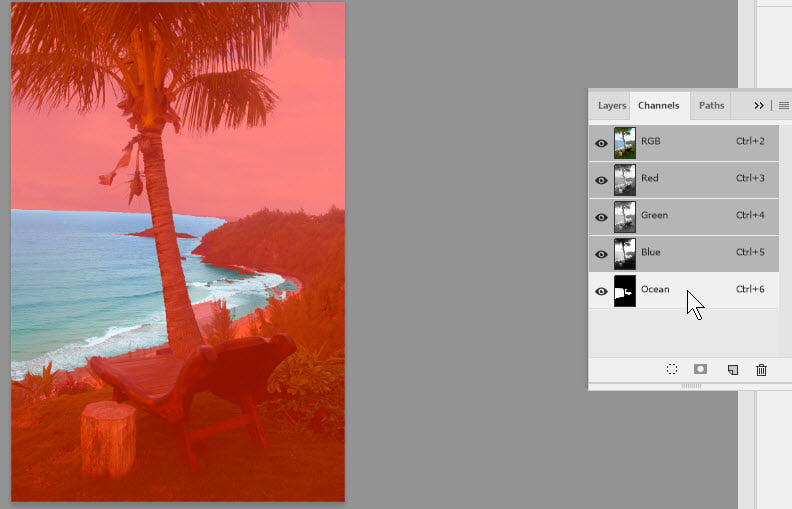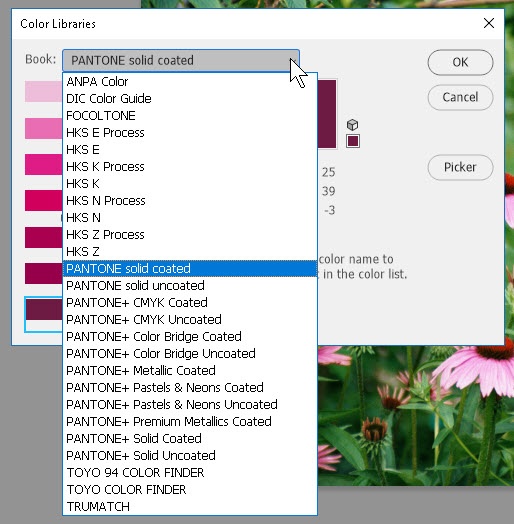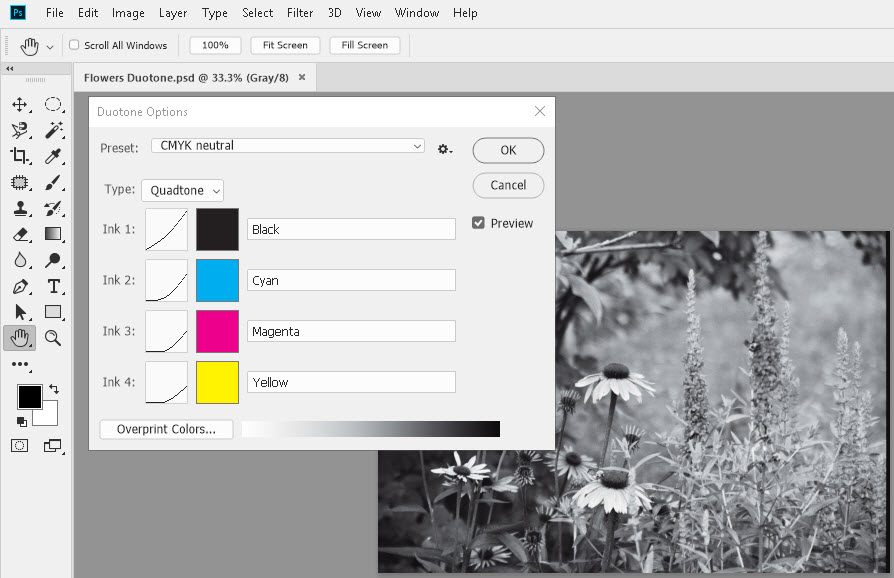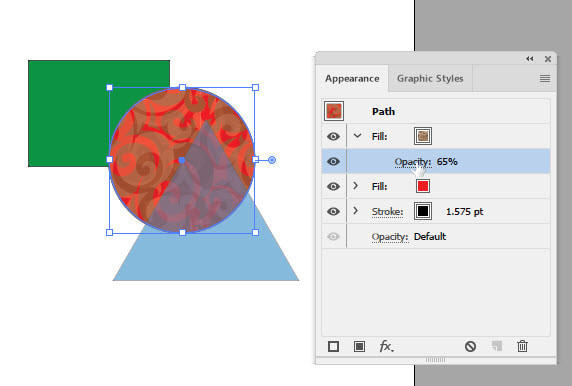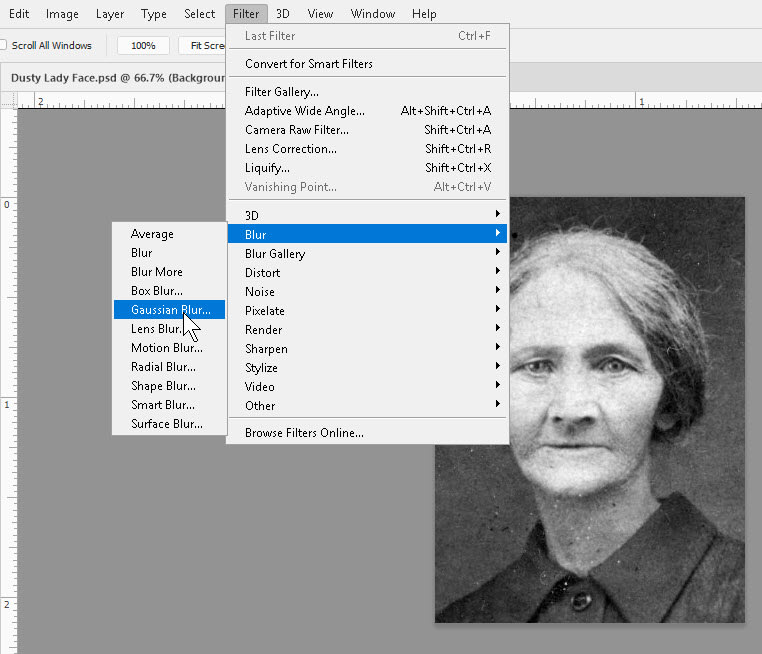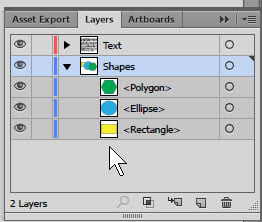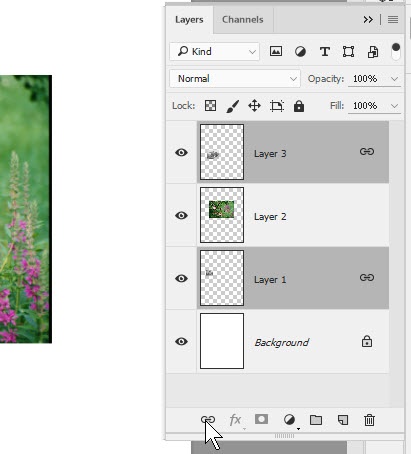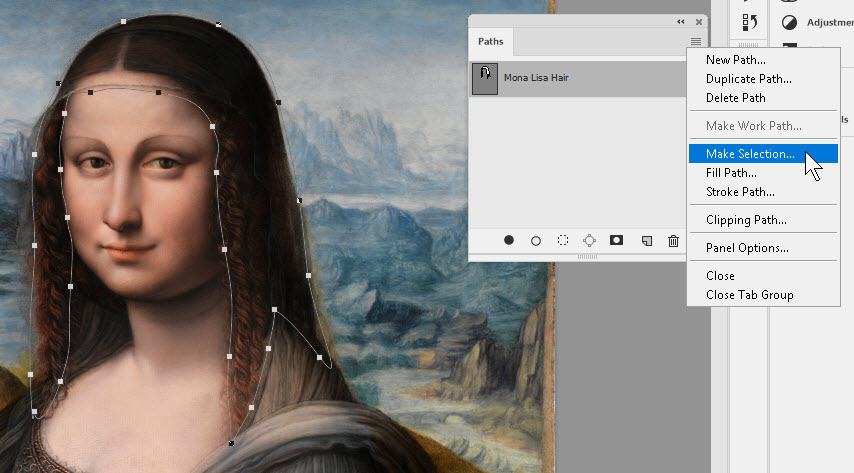Using Photoshop — Tips, Tricks, and Hints
Photoshop has been around for a while, and it’s a fairly sophisticated program, but there are some tips one can learn to work a little more efficiently no matter what your level of expertise. 1. A lot of the work we do in Photoshop depends …
